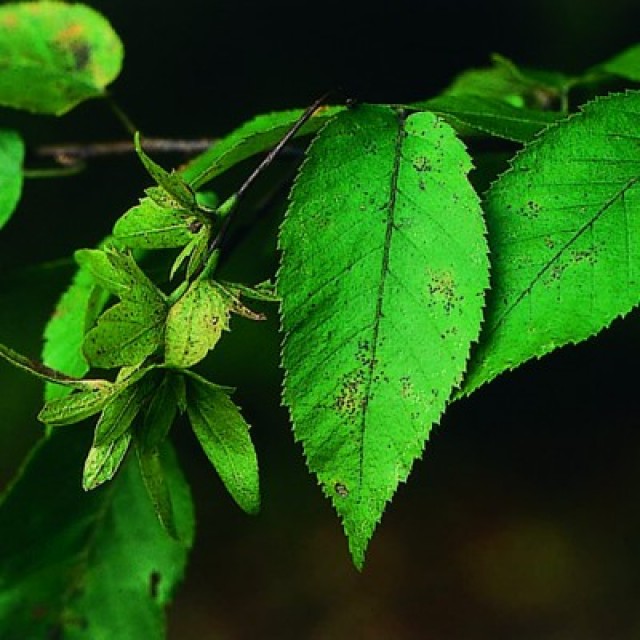COMMON NAME
American hornbeam
SCIENTIFIC NAME
Carpinus caroliniana
ALSO KNOWN AS
American hornbeam, Blue beech, Musclewood
Plant family
Birch (Betulaceae)
Plant group
Deciduous Trees and Shrubs
Bark of this tree is distinctly smooth and gray. Said to resemble muscles in a well defined human arm or leg. Leaves are double-toothed. Fruits look like little paper lanterns.
95 reports
45+
OBSERVERS
95+
OBSERVATIONS
Identification hints
This tree is often identified by its smooth, gray bark which resembles the muscles in a well defined human arm or leg. The leaves are double-toothed, with prominent veins that go straight to the leaf margins (do not branch or fork). Flowers appear at the same time as the leaves. The flowers develop in long clusters called catkins and are yellowish-green in color. The fruit in the fall look like little paper lanterns and each fruit contains a small nut. Fall color is orange and red.
Did you know?
This tree gets one of its common names, Ironwood, from the fact that its wood is so hard. It is often used to make the handles on tools, levers and wedges. The leaves of this tree are an important food source for some species of caterpillar.
DISTRIBUTION IN TH U.S.
There is no information available about this species.
HABITAT
There is no information available about this species.
See Menu
- 2021 Chicago Botanic Garden. All Rights Reserved.
-
Creative Commons
BY-NC-SA 4.0 - Terms of Use
- Privacy Policy
- Data Sharing and Citation Policies
- 2021 Chicago Botanic Garden. All Rights Reserved.



